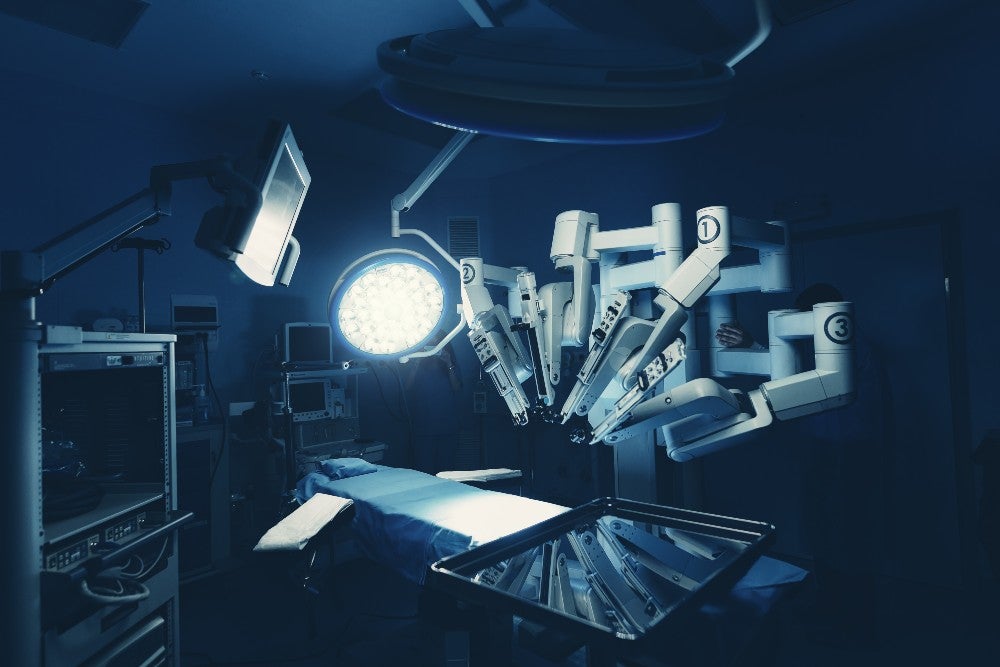Robotics-assisted surgeries have been becoming more popular in the operating room in the last five years, driving the robust growth of the surgical robotics market. According to GlobalData’s analysis, the market for surgical robotics systems and accessories is expected to reach $30.7bn globally by 2030, with a compound annual growth rate (CAGR) of 10% from 2022 to 2030. Due to higher capital expenditures, the surgical robotics market is more vulnerable during economic recessions compared with other healthcare sectors.
During an economic downturn, it is more difficult for healthcare providers to obtain financing for surgical robotics systems. The acquisition of a surgical robotics system is a major capital investment for healthcare facilities. The average cost of a robotic surgical system was around $1m in 2022, with an additional annual service fee. The high cost can limit the ability of hospitals and ambulatory surgical centres to invest in new surgical robotics technology. According to GlobalData’s SKU Premium product, the total volume of robotic surgical systems in the US decreased by approximately 27% from 2021 to 2022.
Depending on the lifespan of capital equipment, surgical centres may not replace capital equipment or buy additional units in a given year, but they continuously purchase disposables to meet the demands of high-volume procedures. As a result, robotic accessories occupy most of the total market. Hospitals that have robotic systems generally prefer to have more robot-assisted procedures to recoup their investment in the new equipment. During economic recessions, consumers may cancel or delay non-essential procedures and services, leading to a slight reduction in demand for surgical robotics in the short term. This causes a slower growth rate for the robotic accessories market. GlobalData observed around 5% growth in the robotic accessories market from 2021 to 2022.
Economic downturns can also create a demand for more cost-effective solutions in healthcare. This could lead to increased interest in surgical robotics systems, as they offer greater efficiency and cost savings compared to traditional surgical methods. Robotic surgery systems allow surgeons to operate with greater precision, reduce complications, and result in faster recovery periods. Because robotic surgery is less invasive, patients typically require shorter hospital stays than they would with traditional open surgery. This can result in cost savings for patients and healthcare providers, as well as reduced risk of hospital-acquired infections. As the underlying demand is still very strong, GlobalData expects the surgical robotics market to keep growing through 2030.




